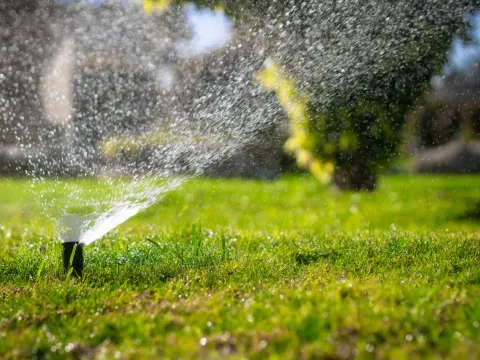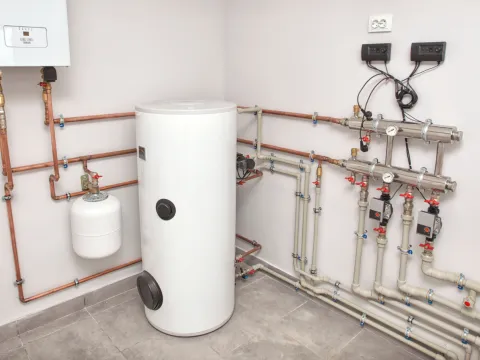
HVAC System Spring Maintenance Checklist
Summary
Reading Time
6 min
HVAC stands for Heating, Ventilation, and Air Conditioning. It's the system responsible for keeping your indoor environment comfortable all year round, ensuring your home is cozy during winter, cool during summer, and breathing fresh air every day.
Heating is all about keeping you warm when the temperatures drop. It includes furnaces, heat pumps, and boilers that help maintain a toasty indoor climate. Ventilation ensures that there's a steady flow of fresh air inside, removing stale air and keeping pollutants at bay. And of course, air conditioning is your best friend during sweltering summer days, keeping the indoor temperature just right and humidity levels in check.
It's important for homeowners to have their HVAC system inspected, serviced, and cleaned annually. We recommend doing maintenance in the spring to prepare your system for the upcoming summer months, when it will be working harder to keep your home cool, and after the winter months, when your heating system has just worked its hardest.
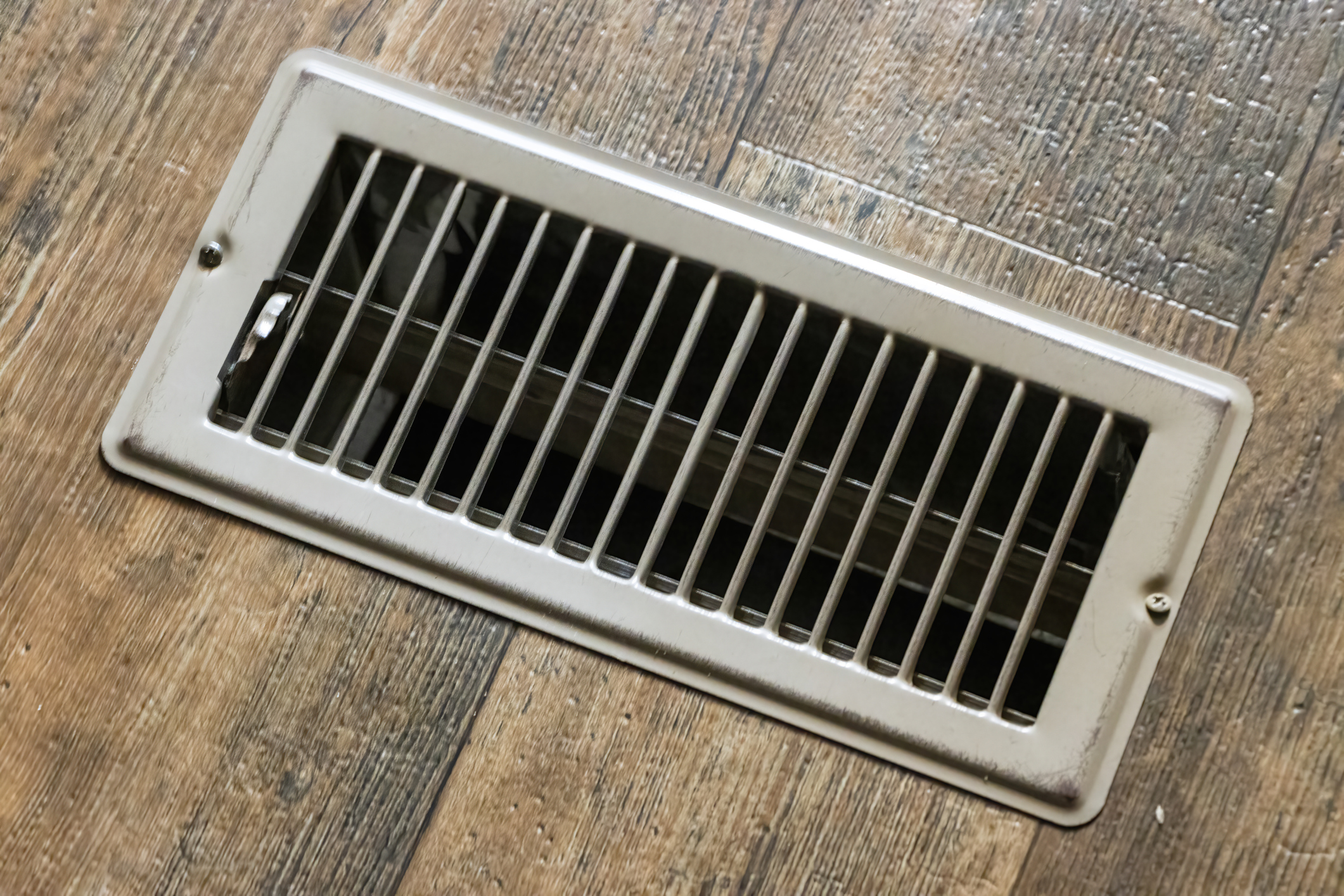
Here is a checklist of things you should be doing for your HVAC system this spring:
Replace or clean air filters
Dirty air filters can cause your heating system and heat recovery ventilation (HRV) units to work harder and less efficiently. First things first, turn off your heating system to avoid any mishaps. Locate the air filter—it's usually found near the return air duct or the blower compartment. If your filter looks like it just came back from a mud-wrestling competition, it's time for a change. Disposable filters should be replaced every 1-3 months, but if you have a washable filter, you can clean it instead. Pop it out, vacuum off the dust, and then rinse it with water. Make sure it’s completely dry before popping it back in.
For your HRV system, the process is pretty similar. Turn off the unit and find the air filters, which are typically located on the sides. Remove them and give them a good vacuuming. If they’re washable, rinse them off and let them dry thoroughly. If they're beyond saving, you might need to get new filters. Clean or replace these filters every 3-6 months to keep things running smoothly.
Clean the outdoor unit(s)
Keeping your outdoor HVAC unit clean is essential for its efficiency and longevity. First things first, turn off the power to your HVAC unit. You don't want any unexpected zaps or surprises while you're working. You can do this by switching off the power at the breaker box or using the disconnect box near the unit. Once you're sure it's off, give the area around the unit a quick tidy-up. Remove any leaves, twigs, or grass clippings that have gathered around.
Now it's time to get your hands a little dirty. Take off the outer casing or grille to expose the fins. Use a soft brush to gently clean away any dirt or debris. If you're feeling fancy, a vacuum with a brush attachment works wonders here. For a deeper clean, you can use a garden hose to spray down the fins, just make sure to avoid using a pressure washer as it can damage them. If the fins are a bit bent, you can use a fin comb to straighten them out. Finally, reassemble everything and turn the power back on. Voilà, your HVAC unit is ready to keep you cool without breaking a sweat.
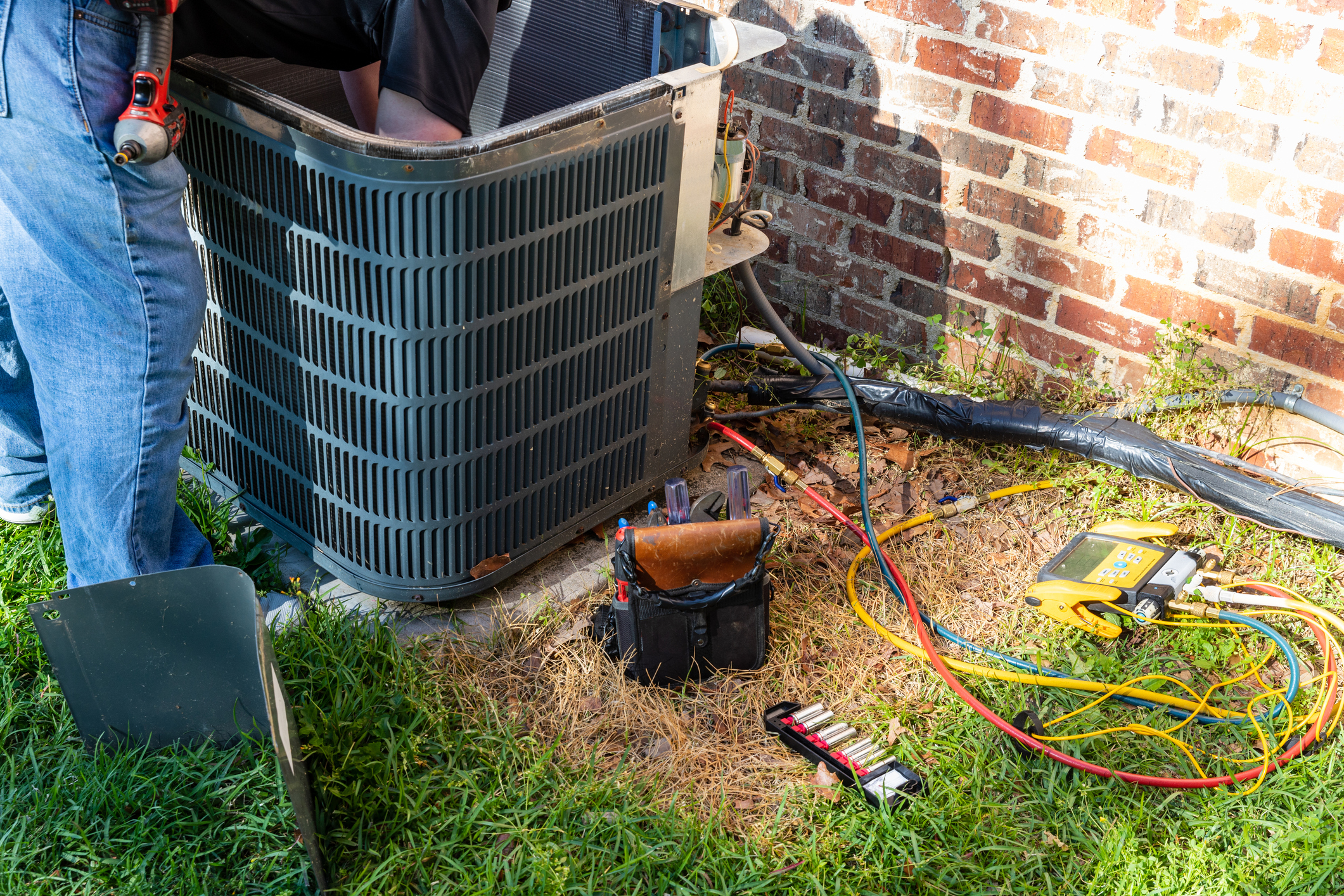
Check the vents and intakes
If your heating vents or intakes become plugged with debris, snow, or ice, your system could work improperly or shut down. Check these regularly throughout the year to ensure they are free of debris and keep all storage and snow drifts away.
Check AC refrigerant levels
Low refrigerant levels can cause your AC system to work harder and increase your electrical bills. Signs of low refrigerant include increased electrical bills, frost on your AC refrigerant lines or evaporator coil, or your system running more often than it used to and having trouble maintaining a temperature. Contact a professional if you suspect your AC may be low on refrigerant.
Inspect ductwork
Leaky ducts mean that your air conditioning or heating system has to work harder to maintain the temperature, leading to higher energy bills and uneven heating or cooling. Dust and debris can reduce air quality, causing allergies or respiratory issues. Regular inspections can help you catch these problems early, keeping your home comfortable and your wallet happy.
Start by looking for visible signs of damage. You can often spot leaks by checking for gaps or disconnected sections of ductwork. Use a flashlight to peek into the ducts and see if there's an excessive buildup of dust or any signs of pests. If you're feeling particularly handy, you can use a smoke pencil or incense stick to detect leaks—just run it along the ducts and watch for any smoke that gets sucked into or blown out of the ducts. If DIY isn’t your thing, don’t hesitate to call in a professional. They have specialized tools and can offer a thorough inspection and cleaning.
Test thermostat
Make sure your thermostat is working properly and set to the right temperature. Consider installing a smart thermostat to optimize your home's heating and cooling performance. Not only can smart thermostats reduce your energy and power bills, but you can have alerts sent to your phone if your heating or AC cuts out.
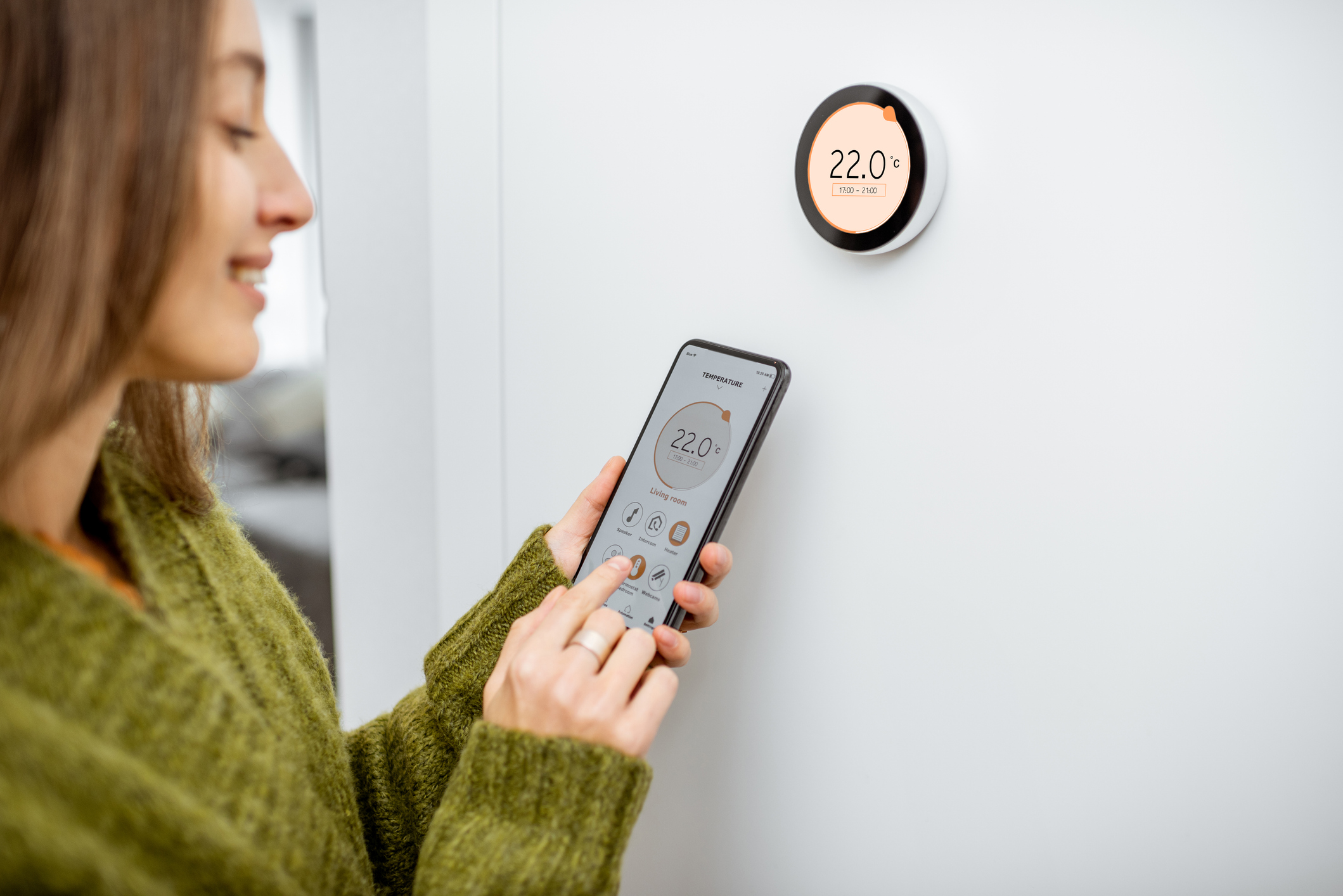
Schedule a professional tune-up
A professional HVAC technician can perform a thorough annual inspection and tune-up of your system to ensure it's running efficiently and safely. Since HVAC technicians are busiest in the summer and winter months, spring is an ideal time to ensure availability and schedule a tune-up.
Something that goes hand-in-hand with the tips above is making sure everything is good in your home’s mechanical room. Check out our blog Protecting the Powerhouse: Tracking Tips For Your Mechanical Room
As you wrap up your HVAC spring maintenance, it's crucial to remember that taking care of your home goes beyond just keeping things running smoothly. Just like your HVAC system ensures comfort and safety indoors, having comprehensive home insurance provides a safety net for unexpected issues that may arise. Sandbox does more than offer helpful home maintenance tips, we also offer various types of property insurance: home, condo, tenant, landlord, and cabin & cottage.
Remember, a well-maintained home is a happy home. And with a reliable home insurance policy in place, you’re ready for whatever life throws at you. To inquire about Sandbox property insurance, speak to a broker in Saskatchewan, Manitoba, or Alberta.
Please note that the information in this article may not accurately reflect your insurance policy from Sandbox Mutual Insurance or another insurance company. Please refer to your policy or talk to your broker about your specific coverages.

FAQ'S
Why do I need to service my HVAC system every year?
Because your furnace and AC work hard, winter and summer don’t exactly give them vacation time. Annual maintenance helps your system run efficiently, prevents surprise breakdowns, and keeps energy bills in check. It’s a small tune-up now to avoid a big “why is it 30° in here?” crisis later.
How do I know if my air filters need to be replaced?
If your filter looks more like a dust bunny blanket than a filter, it’s time. Dirty filters force your system to work overtime, which means wasted energy and lower air quality. A quick monthly check and a change every 1–3 months will keep things breathing easy inside your home.
Should I do HVAC maintenance myself or call a professional?
There are lots of easy homeowner-friendly tasks—like changing filters or clearing debris around outdoor units. But checking refrigerant levels, inspecting duct systems, and full tune-ups are best left to the pros. Think of it like dentistry: you can brush and floss, but let an expert handle the deep clean.

